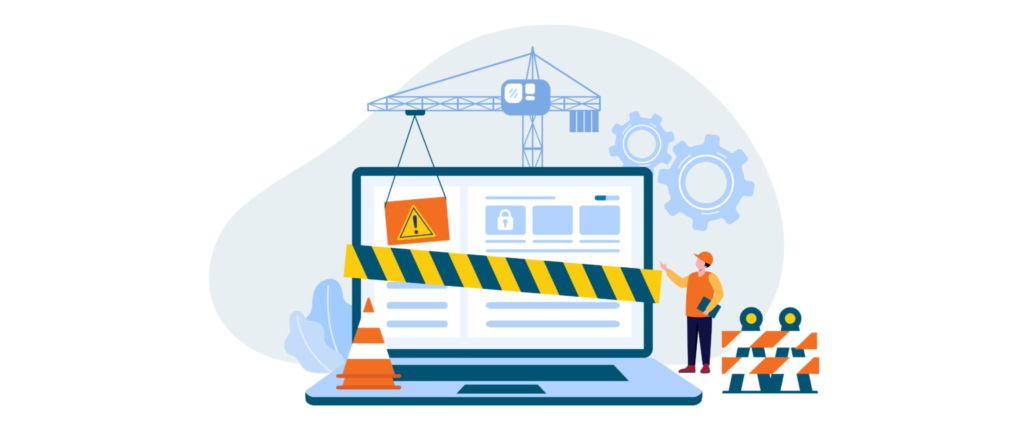Introduction:
In the fast-paced digital landscape, maintaining a website is as crucial as its initial development. Website maintenance goes beyond fixing bugs; it encompasses a spectrum of tasks that ensure optimal performance, security, and user experience. In this comprehensive guide, we unravel the concept of website maintenance, exploring the essential tasks involved and best practices to keep your digital presence robust and future-proof.
Section 1: Understanding Website Maintenance
Website maintenance involves ongoing efforts to keep a site relevant, functional, and secure. It comprises a proactive approach to prevent issues before they arise and reactive measures to address emerging challenges. Understanding the significance of website maintenance sets the stage for a strategic approach to safeguarding your online investment.

Section 2: Key Tasks in Website Maintenance
2.1. Content Updates:
Regularly updating content ensures that your website remains current and relevant. This includes refreshing text, images, and multimedia elements to reflect the latest information, products, or services.
2.2. Security Checks:
Performing regular security audits and updates is crucial to protect against potential threats. This involves updating software, plugins, and implementing security patches to mitigate vulnerabilities.
2.3. Performance Optimization:
Optimizing website performance ensures faster loading times and a seamless user experience. Tasks in this category include image compression, code optimization, and server maintenance.
2.4. Backup and Recovery:
Regular backups are a safety net in case of data loss or website crashes. Implementing an effective backup and recovery strategy is essential for minimizing downtime and data loss.
2.5. Plugin and Software Updates:
Keeping plugins, themes, and other software components up-to-date is crucial for both security and functionality. Outdated plugins can pose security risks and compatibility issues.

Section 3: Best Practices in Website Maintenance
3.1. Scheduled Audits:
Establish a routine for comprehensive website audits to identify potential issues before they impact performance. This includes checking for broken links, outdated content, and other usability issues.
3.2. User Experience (UX) Testing:
Regularly conduct UX testing to ensure that your website provides an intuitive and enjoyable experience for visitors. Addressing usability issues promptly enhances user satisfaction.
3.3. Mobile Responsiveness:
Given the prevalence of mobile devices, ensuring your website is mobile-responsive is crucial. Regularly test and optimize the mobile version of your site for a seamless user experience on various devices.
3.4. SEO Optimization:
Regularly review and update your website’s SEO elements, including meta tags, keywords, and sitemap. This ensures that your site continues to rank well in search engine results.
Conclusion:
In conclusion, website maintenance is not just a technical obligation but a strategic imperative for any online presence. By understanding the key tasks involved and implementing best practices, you can ensure that your website remains a dynamic, secure, and user-friendly hub for your audience. Embrace website maintenance as an integral part of your digital strategy, and you’ll reap the rewards of a resilient and high-performing online presence.

